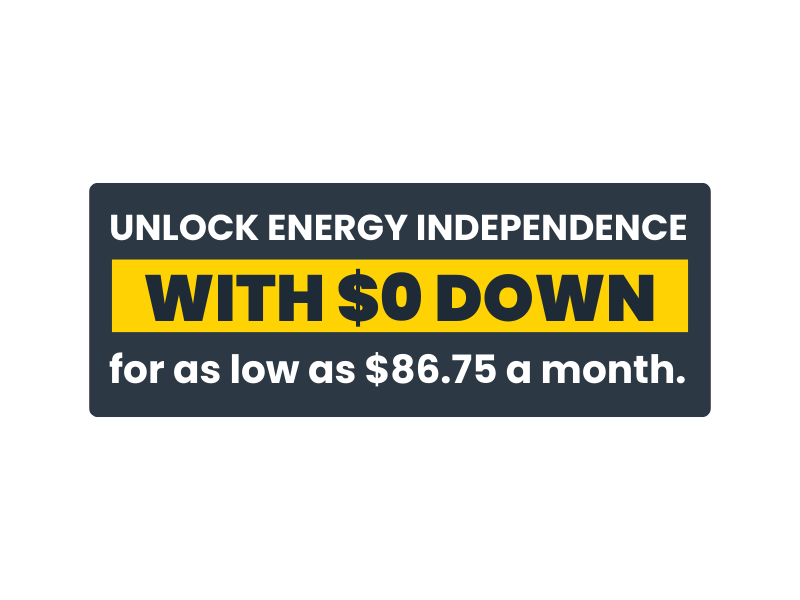Yellowlite debunking solar myths
In this age of the internet, there is no shortage of information regarding any topic. With this endless supply of accurate information comes a proportionate amount of misinformation as well. The solar industry is no exception, as the internet’s keyboard warriors are always out there spreading false information that is nothing more than a myth.
To curb the carbon footprint, the US Government, as well as private companies, are stressing the use of solar energy because it saves money and helps our planet. However, the mistaken beliefs about solar, like it being too expensive, too unreliable, or too complicated still persist.
Yellowlite, being a solar installer and authentic information provider, aims to debunk the misconceptions and myths that go around the internet.
Myth #1 Solar power is still undeveloped, so we should wait a couple of years more.
Fact: There are many companies who are working on cutting-edge technologies in solar power and trying to bring more innovation. However, the fact is that current solar technology is well established. To give you specifics, we have been using the same solar technology since the 1960s. Although this technology is gradually refined, the basics remain the same.
The potential gains of future solar technology are small compared to the already installed systems. Every day, there are new inventions in solar technology that create higher price tags. In crux, the total dollars saved on your energy bills with your advanced system will be minimal.
Myth #2 Solar power cannot work in snow, clouds, or in the winter season.
Fact: This is one of the biggest misconceptions regarding solar panels. Most people still believe that solar panels produce more electricity on a hot sunny day and do not work in the winter season. However, the truth is that solar panels produce electricity from the “light” of the sun and not from its “heat”. On the contrary, the photovoltaic panels work more efficiently in cool weather. As long as the solar panels are seeing the light of day, they will convert that light into usable electricity.
Obviously, heavy clouds or snow blitz will limit the production of solar, but once the weather clears, solar panels will again produce electricity. A big example is Germany, a country that receives less than half of the sunlight typical in the US, but still has one of the most successful solar initiatives.
Myth #3 I don’t own the house or apartment and will not live long enough there to get my solar investment back.
Fact: Depending on your location and system, the solar energy system will pay for itself within 6 to 15 years. This combined with Federal Tax Credit and State incentives, you could start seeing a return on your investment within 2 to 4 years. Regardless, the solar energy system adds value to the worth of the property and can be sold with the house or apartment. So even if you won’t be living in your home for the next 10 or 15 years, you would get the full investment back when you sell your property.
Myth #4 Solar panels require constant maintenance.
Fact: Solar panel systems are built to last and do not have any moving parts, which means that the probability of any part malfunctioning is very rare. Solar manufacturers claim the solar energy systems can last more than 25+ years with supporting warranties of 15+ years. Thus, solar panels are maintenance-free, except for an annual general inspection. Besides, if you have leased your system, periodic maintenance will be provided by the leasing company.
Myth #5 Batteries are necessary and too expensive to make solar viable
Fact: To start with, solar energy systems do not need a battery to work. Batteries are only needed for people who live off-grid and want to have backup energy storage. So, batteries are not required and not recommended for grid-connected solar systems. Rather than storing your energy on batteries, you should be selling your excess electricity to the utility via net-metering. Batteries are expensive and offset your budget and potential saving for years.



